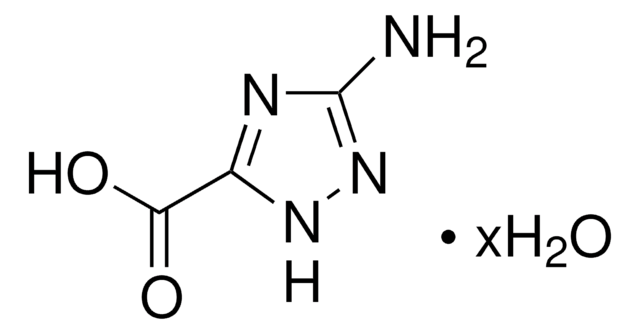288608
Silica gel Inorganic Sorbent
high-purity grade, 130-270 mesh
Sign Into View Organizational & Contract Pricing
All Photos(1)
About This Item
CAS Number:
EC Number:
MDL number:
UNSPSC Code:
12352309
PubChem Substance ID:
NACRES:
NB.21
Recommended Products
product name
Silica gel, high-purity grade, pore size 60 Å, 130-270 mesh, for column chromatography
grade
for column chromatography
high-purity grade
Quality Level
form
powder
technique(s)
LPLC: suitable
surface area
~500 m2/g
matrix
Silica
matrix active group
silica
particle size
130-270 mesh
pore size
0.75 cm3/g pore volume
60 Å
bp
2230 °C
mp
>1600 °C
separation technique
hydrophilic interaction (HILIC)
SMILES string
O=[Si]=O
InChI
1S/O2Si/c1-3-2
InChI key
VYPSYNLAJGMNEJ-UHFFFAOYSA-N
Looking for similar products? Visit Product Comparison Guide
General description
Silica gel is a rigid 3D network of colloidal silica. It is exclusively used as a support material for the active titanium(III) centers in Ziegler-Natta catalysts. Silica gel allows a controlled fragmentation leading to form uniform polymer particles with narrow particle size distribution and high bulk density. Silica gel is classified as below:
a. Aquagel - pores are filled with water
b. Xerogel - by the process of evaporation, aqueous phase in the pores are removed
c. Aerogel - solvent removed by supercritical extraction
a. Aquagel - pores are filled with water
b. Xerogel - by the process of evaporation, aqueous phase in the pores are removed
c. Aerogel - solvent removed by supercritical extraction
Application
Silica gel has been used as a column material in the preparation of nanoscale iron oxide−based materials to be used in the catalysis of different hydrogenation reactions, which is monitored using gas chromatography (GC) technique.
Silica gel was used to compare MCM-41 type mesoporous adsorbents.
Storage Class Code
11 - Combustible Solids
WGK
nwg
Flash Point(F)
Not applicable
Flash Point(C)
Not applicable
Choose from one of the most recent versions:
Already Own This Product?
Find documentation for the products that you have recently purchased in the Document Library.
Customers Also Viewed
Hydrogenation using iron oxide?based nanocatalysts for the synthesis of amines.
Jagadeesh VR, et al.
Nature Protocols, 10(4), 548-557 (2015)
T Martin et al.
Chemical communications (Cambridge, England), (1)(1), 24-25 (2002-07-18)
Texture-related features of water intrusion in hydrophobised MCM-41 silicas render these materials especially suitable for energy dissipation in mechanical dampers.
A simple method for production of pure silica from rice hull ash
Kalapathy, U., A. Proctor, and J. Shultz.
Bioresource Technology, 73, 257-262 (2000)
Silica gel supported zirconocene dichloride/methylalumoxane catalysts for ethylene polymerization: Effects of heterogenation on activity, polymer microstructure and product morphology.
Janiak, Christoph, and Bernhard Rieger.
Angew. Makromol. Chem., 215, 47-57 (1994)
Our team of scientists has experience in all areas of research including Life Science, Material Science, Chemical Synthesis, Chromatography, Analytical and many others.
Contact Technical Service


